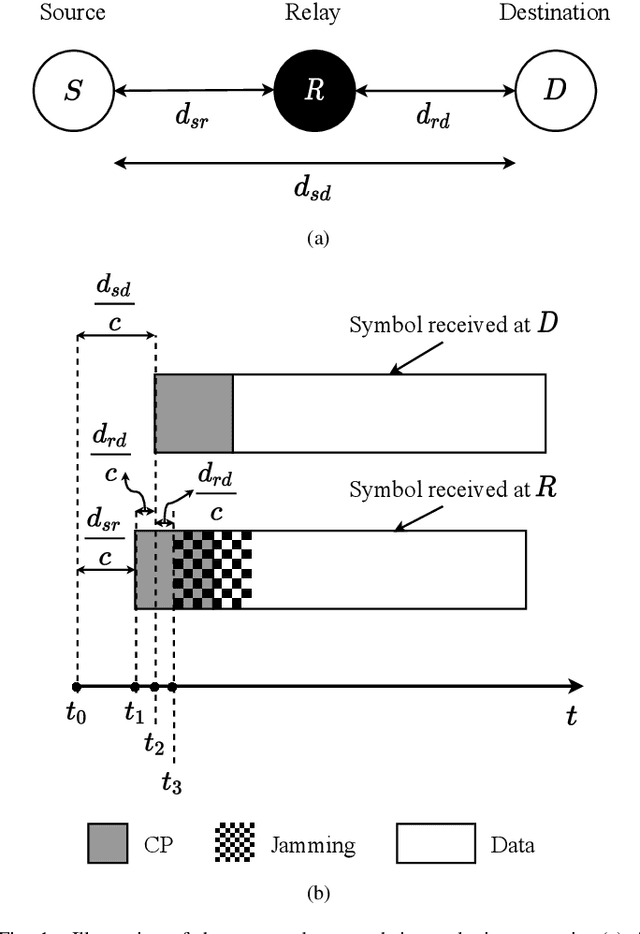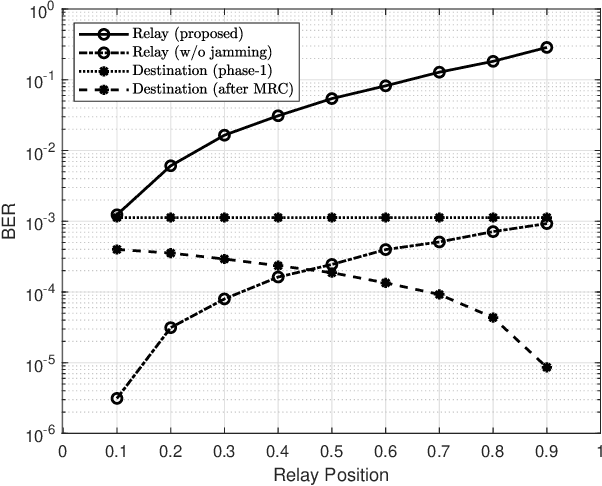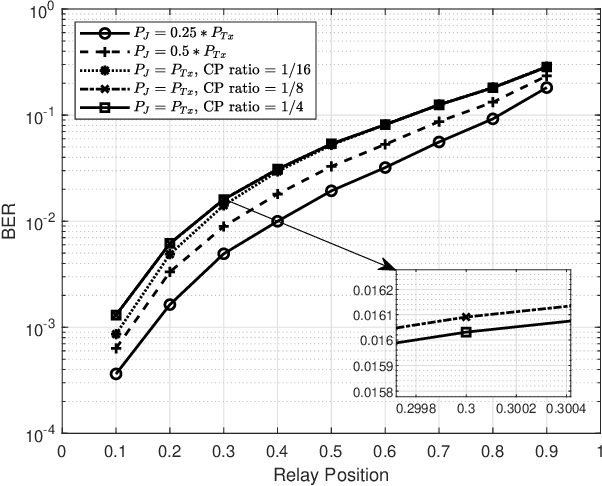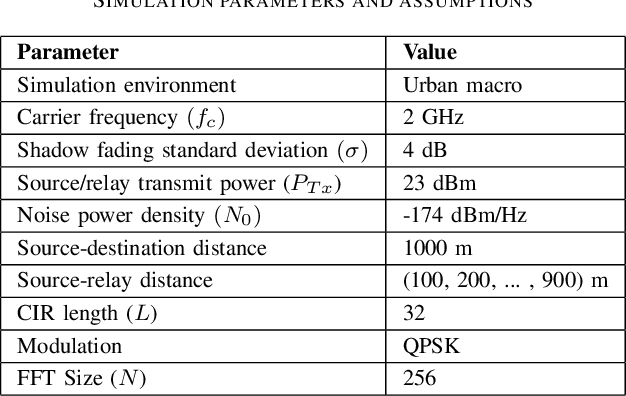Muhammad Sohaib J. Solaija
Simultaneous Intrusion Detection and Localization Using ISAC Network
May 12, 2025Abstract:The rapid increase in utilization of smart home technologies has introduced new paradigms to ensure the security and privacy of inhabitants. In this study, we propose a novel approach to detect and localize physical intrusions in indoor environments. The proposed method leverages signals from access points (APs) and an anchor node (AN) to achieve accurate intrusion detection and localization. We evaluate its performance through simulations under different intruder scenarios. The proposed method achieved a high accuracy of 92% for both intrusion detection and localization. Our simulations demonstrated a low false positive rate of less than 5% and a false negative rate of around 3%, highlighting the reliability of our approach in identifying security threats while minimizing unnecessary alerts. This performance underscores the effectiveness of integrating Wi-Fi sensing with advanced signal processing techniques for enhanced smart home security.
On the Performance of Handover Mechanisms for Non-Terrestrial Networks
Jan 13, 2022



Abstract:Next-generation wireless networks require massive connectivity and ubiquitous coverage, for which non-terrestrial networks (NTNs) are a promising enabler. However, NTNs, especially non-geostationary satellites bring about challenges such as increased handovers (HOs) due to the moving coverage area of the satellite on the ground. Accordingly, in this work, we compare the conventional measurement-based HO triggering mechanism with other alternatives such as distance, elevation angle, and timer-based methods in terms of the numbers of HOs, ping-pong HOs, and radio link failures. The system-level simulations, carried out in accordance with the 3GPP model, show that the measurement-based approach can outperform the other alternatives provided that appropriate values of hysteresis/offset margins and time-to-trigger parameters are used. Moreover, future directions regarding this work are also provided at the end.
Cyclic Prefix (CP) Jamming Against Eavesdropping Relays in OFDM Systems
Oct 18, 2021



Abstract:Cooperative communication has been widely used to provide spatial diversity benefits for low-end user equipments, especially in ad hoc and wireless sensor networks. However, the lack of strong authentication mechanisms in these networks leaves them prone to eavesdropping relays. In this paper, we propose a secure orthogonal frequency division multiplexing (OFDM) transmission scheme, where the destination node transmits a jamming signal over the cyclic prefix (CP) duration of the received signal. Simulation results verify that as long as at least a part of the jamming signal falls to the actual data portion of the eavesdropping relay, it spreads through all the data symbols due to the fast Fourier transformation (FFT) operation, resulting in degraded interception at the eavesdropper.
Enhancing Channel Shortening Based Physical Layer Security Using Coordinated Multipoint
Sep 29, 2021



Abstract:Wireless networks have become imperative in all areas of human life. As such, one of the most critical concerns in next-generation networks is ensuring the security and privacy of user data/communication. Cryptography has been conventionally used to tackle this, but it may not be scalable (in terms of key exchange and management) with the increasingly heterogeneous network deployments. Physical layer security (PLS) provides a promising alternative, but struggles when an attacker boasts a better wireless channel as compared to the legitimate user. This work leverages the coordinated multipoint concept and its distributed transmission points, in conjunction with channel shortening, to address this problem. Results show significant degradation of the bit-error-rate experienced at the eavesdropper as compared to state-of-the-art channel shortening-based PLS methods.
 Add to Chrome
Add to Chrome Add to Firefox
Add to Firefox Add to Edge
Add to Edge